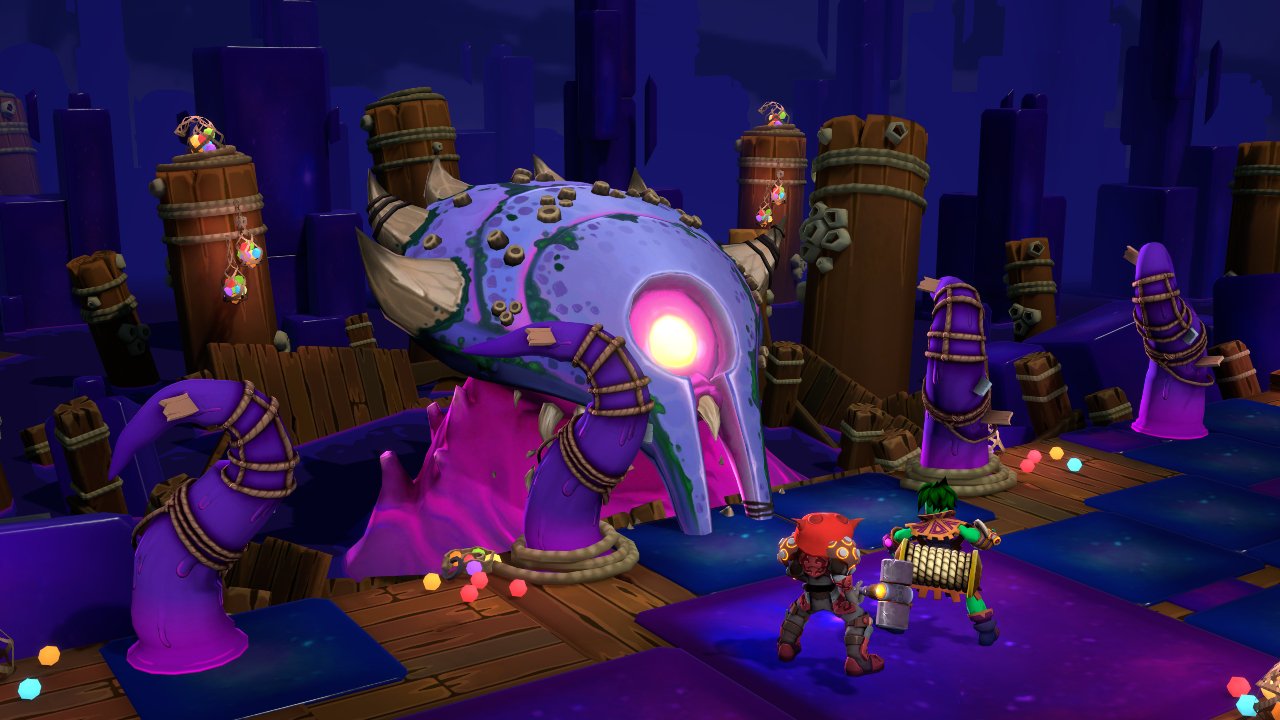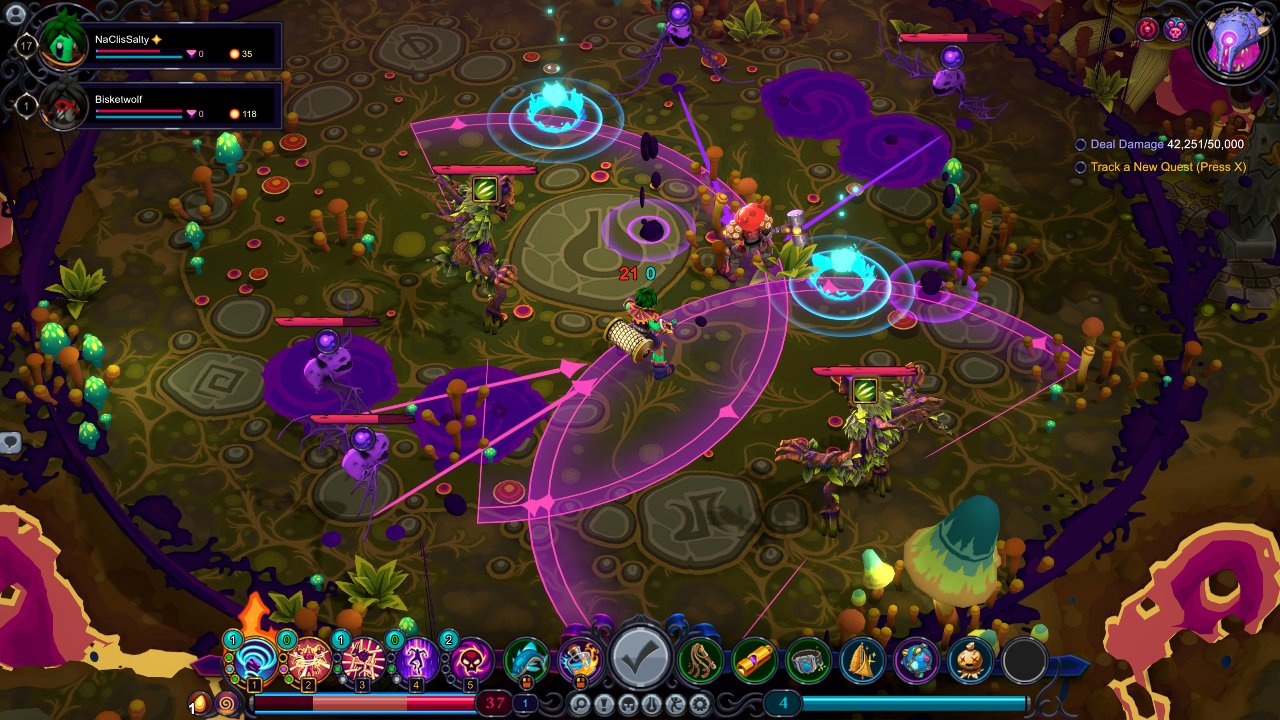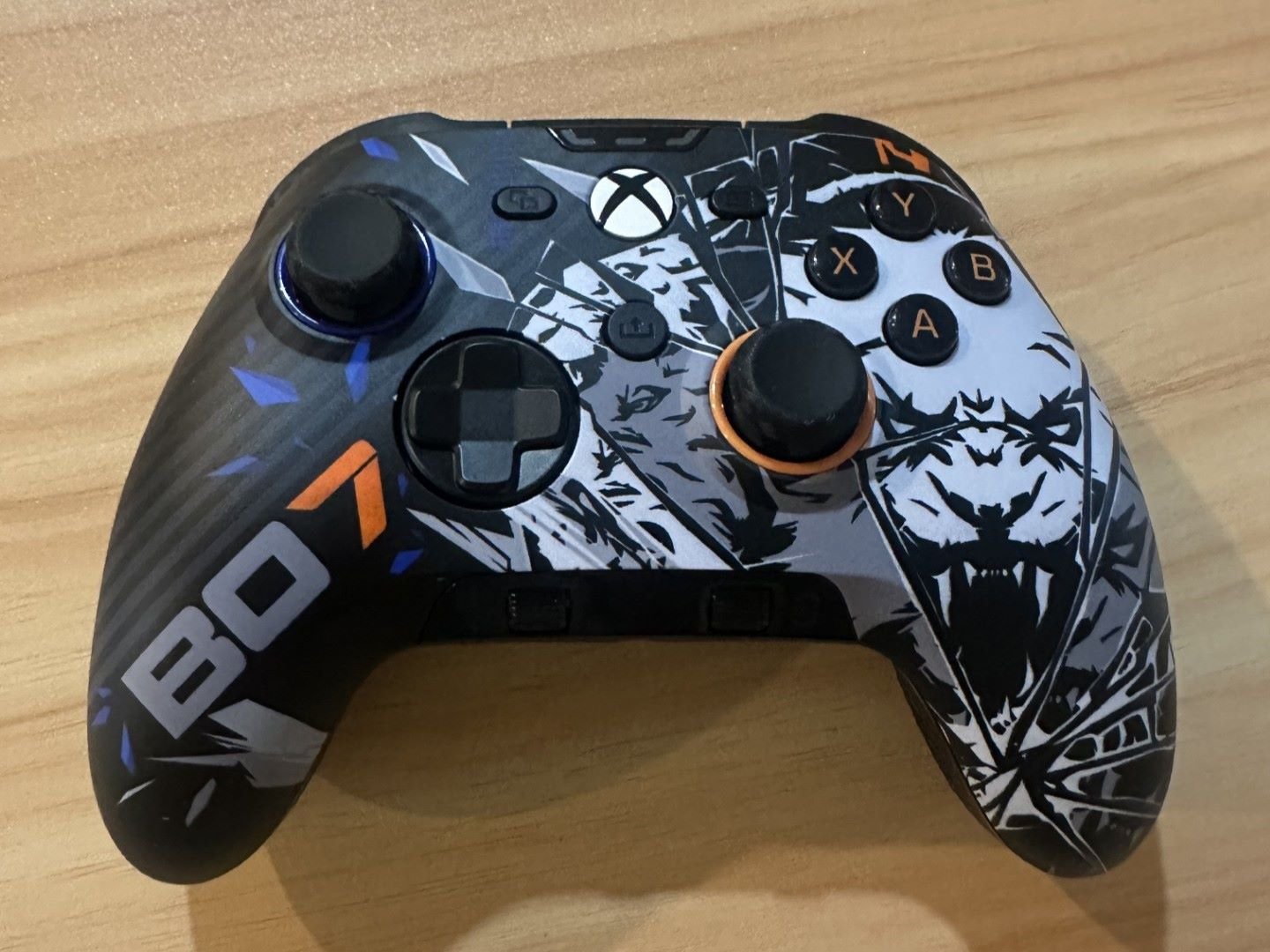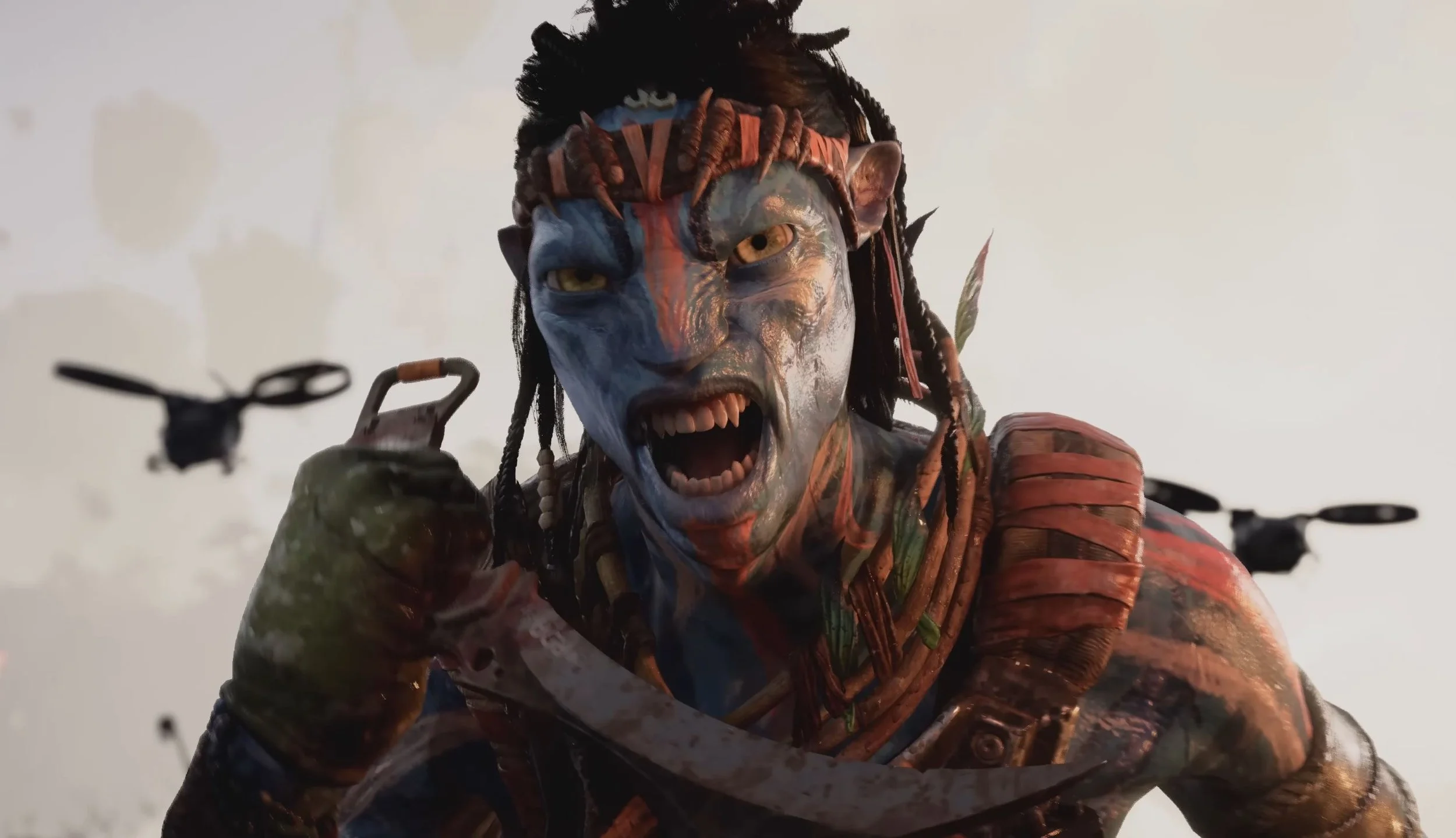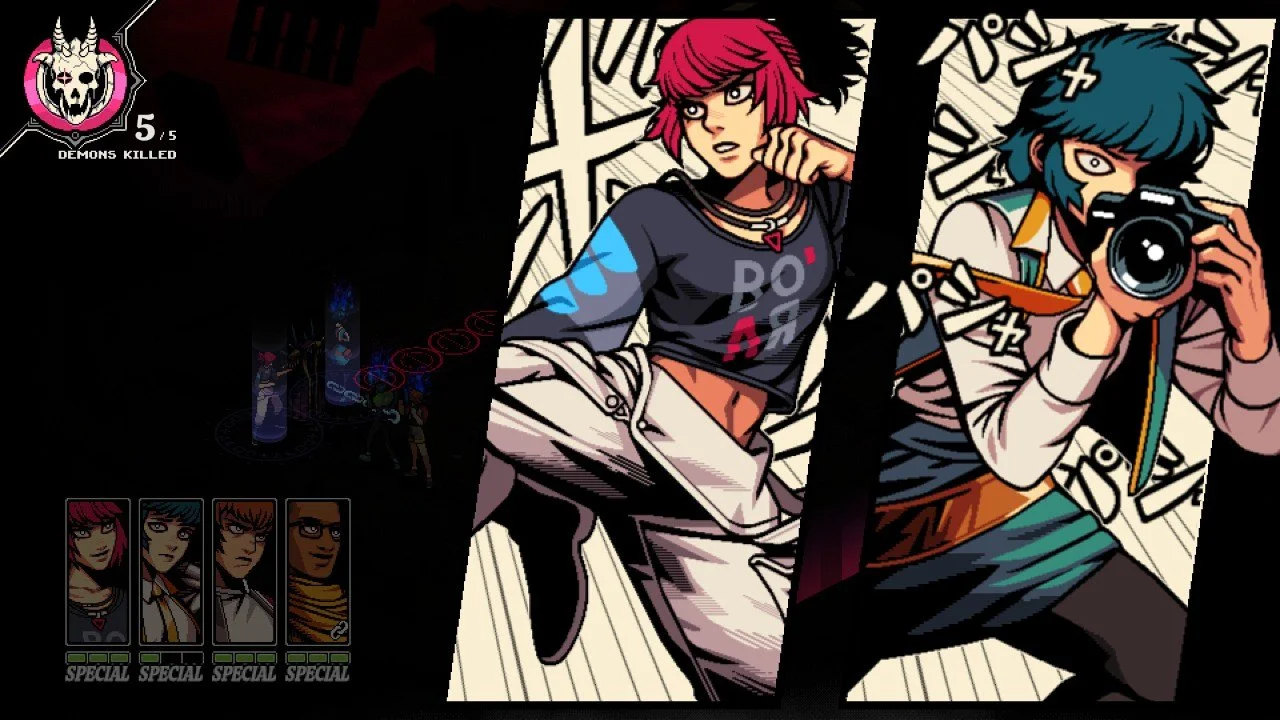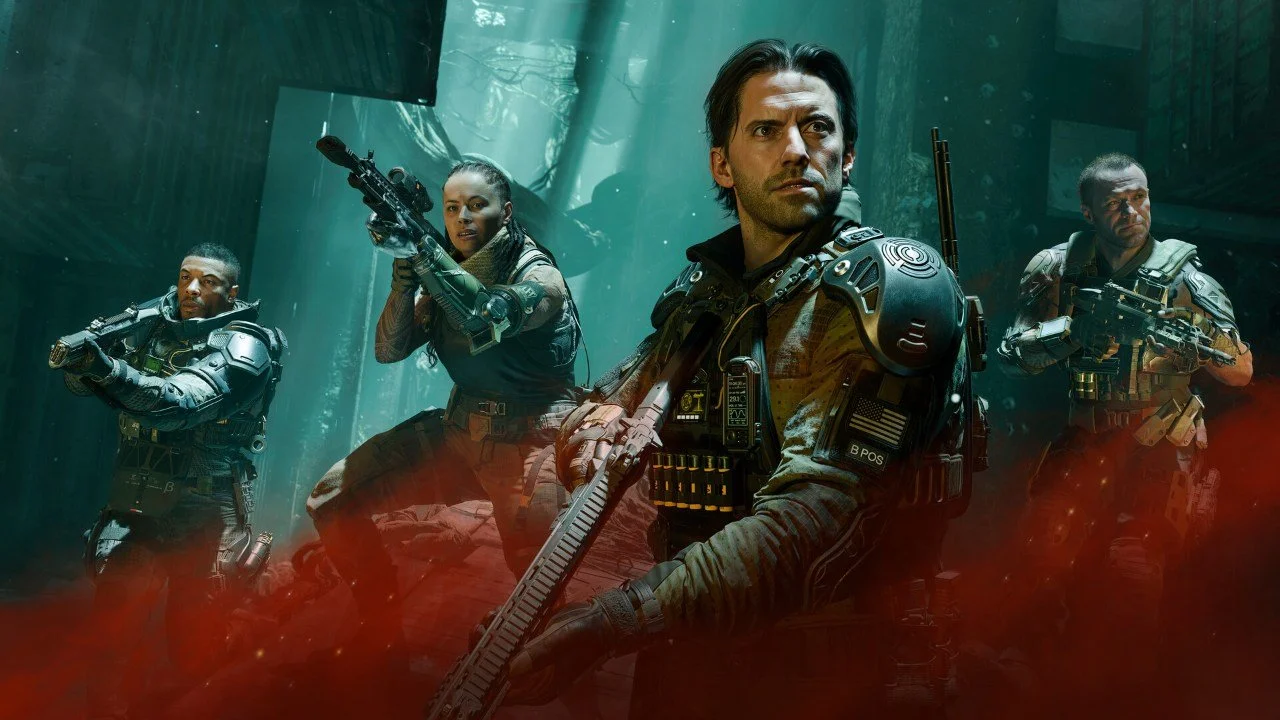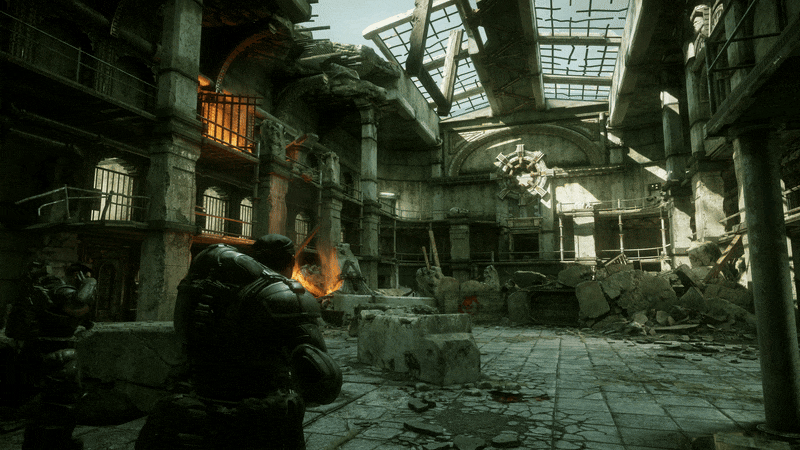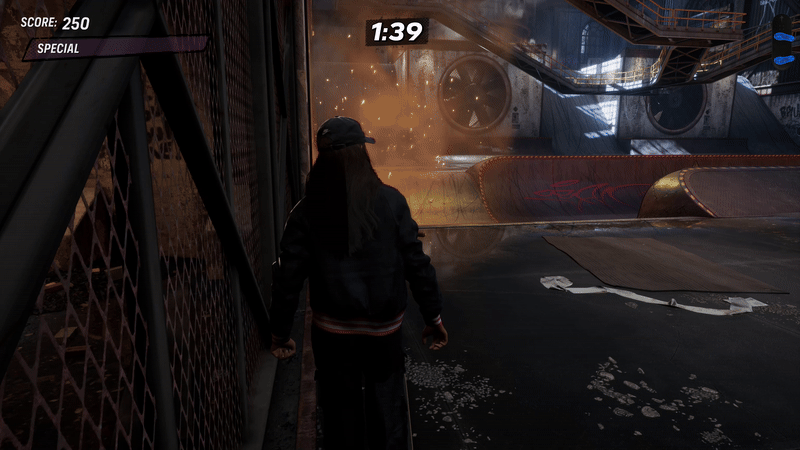Inkbound Early Access Preview Code Provided by Shiny Shoe
Inkbound is an incredible new multiplayer co-op roguelike from Shiny Shoe coming to early access on Steam. Inkbound is centered around some addicting turn-based, class-focused, tactical RPG combat that is utterly addictive. Despite being in early access Inkbound’s gameplay loop already feels delectably smooth.
Inkbound is playable in both single-player and co-op, though it is definitely focused and balanced toward multiplayer combat. While it is a roguelike Inkbound takes inspiration from the success of games like Hades, and contains an interesting story that is told through conversations with quirky characters found throughout runs and the hub world. Many of the conversations are excellently voice-acted, thorough some aren't, and as of yet it is unclear if the final game will be fully voiced or if just the important story conversations will be.
Inkbound’s story centers around the mysterious Atheneum Library, an otherworldly dimension full of stories that are experiencing a crisis. Stories are disappearing and the ink sea is swallowing up stories and corrupting the world. You a Needless must journey with your Kwill into the stories of the world to recover them, tell your own, and restore the library.
Gameplay
The gameplay of Inkbound is where the game shines, as do most roguelikes. Before each run begins you must choose which class you want to use and if you want to play solo, with friends, or to be matched with other online players. A run can be done with anywhere between one and four players. Currently, Inkbound has five different classes to choose from with at least five more planned for the game's official release.
Currently, players can choose between the Magma Miner a warrior archetype class focused on off-tanking, getting shields from attacking, and singular big bursts of single-target physical damage; the Mosscloak, a rogue archetype class with a focus on critical hits, medium repetitive bursts of physical damage, movement, poison DOT’s, and some small AOE capabilities. The Weaver, an AOE DPS mage archetype that deals mostly magic with some physical damage, shields themself by how many enemies they hit in a turn and focuses on AOE attacks that start small but can scale rapidly by the mid to late game of a run. The Obelisk is a main tank that gets lots of shields and deals small to medium amounts of AOE physical damage. Lastly, there is the Clairvoyant a support mage archetype that can shield and buff themself and allies, and deals AOE magic and physical damage, but not much.
Out of all the classes, the Weaver and Mosscloak work excellently in single-player shortly followed by the Maga Miner and then the Obelisk, but the Clairvoyant is in dire need of a buff to be useable in single-player mode. In multiplayer, which Inkbound is clearly designed for, the game is enjoyable with any of the classes, as even if the difficulty increases, players can support each other and help each other grow.
Let's get into how Inkbound actually plays. You start every run in the hub world called the Atheneum Library. There you can change your class, customize your appearance, talk to other characters and progress the story, turn in quests for in-run item unlocks, find randoms or friends to play a run with, and decide whether to play a ranked or unranked run, in a ranked run as your rank goes up if you win enemies get harder to beat.
Once you start a run you decide on your first set of upgrades and then choose from one of three different stories to enter. The story changes what enemies you can expect to face, each option also comes with its own added modifier which affects the entire run. Modifiers are usually negatives like enemies heal 25% each round, debuffs to you the player, or something along those lines. In each run, you will dive into two different stories and then the final boss area ‘The Ink Sea’. Each story has its own boss and enemy types. Within a story, you enter the map and decide upon a path from up to 3 options. The path will list whether it is an upgrade destination or a combat encounter.
Combat encounters will also reward either in-run currency or an ability upgrade. Harder encounters mean better cash or upgrades so you must weigh the risk vs the reward of a difficult encounter. After an encounter or an upgrade you once again choose your next destination until you reach the boss of the story. It is important to find shops along the way to spend your cash for healing, items that give unique bonuses, or upgrades, because otherwise it just sits there doing nothing.
The biggest part of Inkbound is of course the combat. Combat is turn-based and runs on cooldowns and will cost (mana/energy) for your abilities. Each class starts with their three main abilities and their passive. On the player’s turn, enemies will show where their attacks will land whether AOE or targeted at the player and unavoidable, and how much damage the player can expect to take; it is then your job to plan around that, manages your abilities, and movement to try and take out as many enemies then end your turn where no AOE attacks will land.
Movement and abilities both cost will, so managing both is key, however, will orbs spawn every round that provides will and lower all your cooldowns by one. In co-op, all players take their turn at the same time so tactical planning and management is key to optimizing your party's damage output. After the players turn enemies attack and then more enemies will spawn so it is also important to take out as many enemies each turn as possible. Throughout a run, players can pick up ability upgrades, items, and two new abilities from a singular pool that's the same for every character. Maximizing your damage and perfecting your build with these upgrades is central to beating each run.
Expectations
Inkbound is already an amazing game and expertly designed despite being in early access. Combat is delightful and tactically challenging and multiplier makes it even more fun. Progression in a run has been designed beautifully to be challenging but incredibly rewarding if executed well, and not solely reliant on getting a lucky randomized upgrade.
On the other hand for solo play some classes just can’t keep up, like the Clairvoyant, so it may be necessary to buff or optimize classes for solo play versus multiplayer play. While players unlock new items to find in their playthroughs, there are no ability upgrades to unlock, so adding some of those as unlocks may spice up that side of the game.
Currently, there are only three final bosses and 5 different story choices so more variety with those would be nice as well. Aside from a few gripes, Inkbound is an amazingly well-made game, even in early access. As with all early access roguelikes the replayability and variation of the game only goes up the closer the game gets to release so I expect a lot more options coming down the pipe from Shinyshoe
Verdict
Inkbound is a simply incredible game that I can't get enough of. I expect that it will be the next big thing for roguelikes, and the multiplayer aspect makes it that much more of a draw for streamers to play. Inkbound is very much focused on multiplayer and makes it easy to play multiplayer online with matchmaking even if you don’t have anyone you know to play it with. Despite that, the single-player mode of Inkbound is still enjoyable, even arguably more challenging for players that prefer that.
As of yet, Inkbound doesn’t have a price listed but I expect it to be around $25 like Shiny Shoes previous game Monster Train, which is an incredible price for all that Inkbound offers for players. As of yet I can’t wait till early access drops and makes online matchmaking easy, and even after that, I will devotedly await Inkbound’s official release.
Inkbound will release on May 22nd for PC via Steam’s Early Access.
